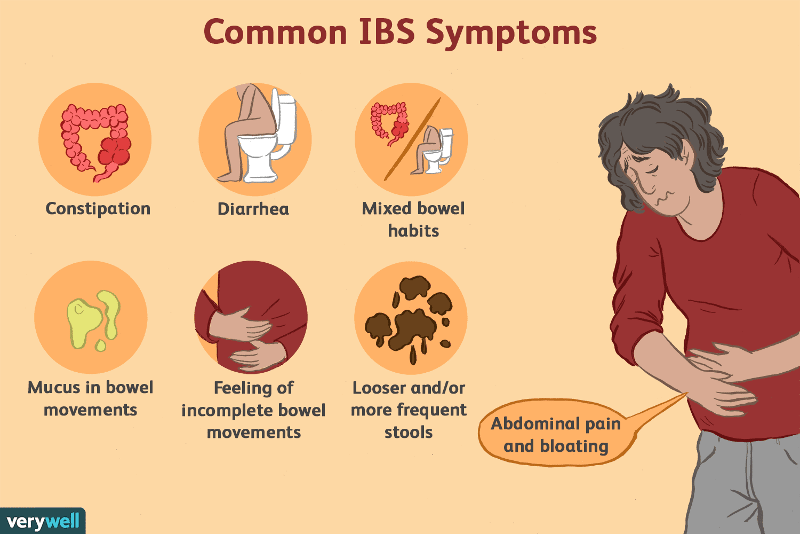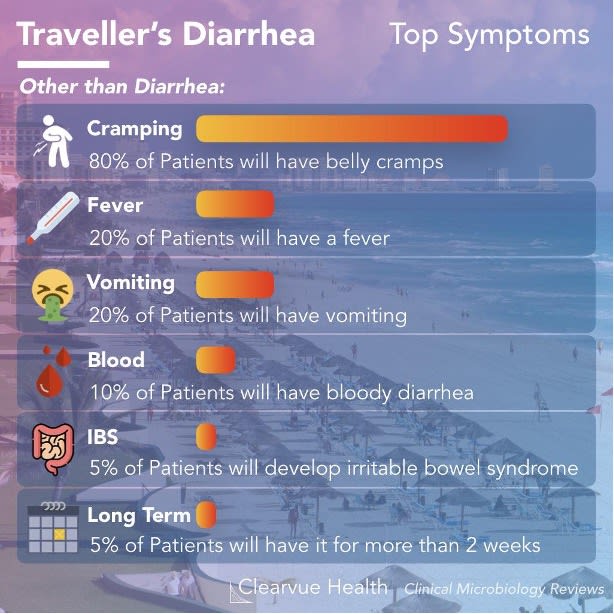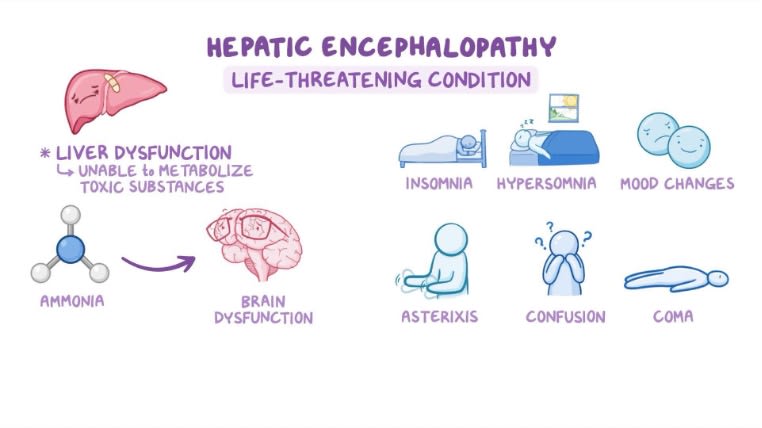Table of Contents
II. Xifaxan’s Mechanism of Action
III. Safety Profile and Side Effects of Xifaxan
IV. Ordering Xifaxan from My Drug Center
Gastrointestinal issues are some of the most uncomfortable ailments to live with—and also one of the most common. Xifaxan, an antibiotic that acts by targeting bacterial growth and replication in the gut, is one of the most preferred and most prescribed medications for these conditions.
In this guide, we’ll explore Xifaxan in detail, including its use cases, mechanisms of action, safety profile, and side effects so you can work with your healthcare provider and decide if it is right for you.
Quick Takeaways:
- Xifaxan is primarily used to treat IBS-D, traveler’s diarrhea, and hepatic encephalopathy.
- It’s distinct from other drugs because it acts primarily in the gut, with limited systemic absorption.
- Its mechanism of action is to inhibit RNA synthesis, which facilitates bacterial cell growth.
- Xifaxan is generally well tolerated but does have some side effects to watch out for, including nausea, fatigue, and bloating.
What is Xifaxan?
Xifaxan (generic name rifaximin) is an antibiotic that treats gastrointestinal (GI) conditions. Classified as a non-absorbable antibiotic, Xifaxan operates primarily within the gut, distinguishing it from antibiotics that treat the same conditions but circulate throughout the entire body. This targeted action reduces the risk of systemic side effects and makes it particularly effective for certain intestinal issues.
There are three primary conditions for which Xifaxan is prescribed:
1. Irritable Bowel Syndrome with Diarrhea (IBS-D)
Xifaxan is used to treat adults with IBS-D, a chronic condition characterized by abdominal pain and diarrhea. It provides relief by targeting specific bacteria in the gut believed to cause the symptoms of IBS-D, reducing both discomfort and the frequency of diarrhea episodes.

2. Traveler’s Diarrhea
Often caused by bacteria like E. coli, traveler’s diarrhea is a common ailment affecting travelers to certain countries. Xifaxan works effectively in treating this condition by acting on these gut pathogens without causing disruption to non-harmful gut bacteria. It’s particularly prescribed for cases of traveler’s diarrhea that are not accompanied by fever or blood in the stool.

3. Hepatic Encephalopathy
A complex liver condition that can lead to brain dysfunction, hepatic encephalopathy is associated with severe liver disease. Xifaxan helps reduce the recurrence of hepatic encephalopathy by diminishing the production of ammonia-producing bacteria in the gut. This helps to lower blood ammonia levels, which are a contributing factor to the condition.
Its ability to target gut bacteria, which are often a contributing factor in these conditions, underpins its effectiveness in these varied therapeutic contexts.

Thanks to its wide-ranging use cases and high efficacy, Xifaxan is a very commonly prescribed antibiotic in the United States and other countries around the world.
Xifaxan’s Mechanism of Action
To understand why Xifaxan is effective, it’s helpful to know how it works in the body. Its primary action is to inhibit bacterial RNA synthesis, a critical process for bacterial cell growth and replication. It does this by binding to a bacterial enzyme, the DNA-dependent RNA polymerase, which disrupts the transcription process, where DNA is converted into essential RNA. This then halts the protein synthesis necessary for bacterial survival and multiplication.
The video below walks you through this mechanism of action in detail, with helpful visual aids:
As mentioned, Xifaxan is distinct because its effects are largely localized to the gastrointestinal tract. Unlike systemic antibiotics that get absorbed into the bloodstream and affect the entire body, rifaximin remains confined within the gut.
This localization is due to its minimal absorption from the GI tract into the bloodstream, allowing it to concentrate its antibacterial effects where they are most needed, directly within the gut.
This localized action is particularly significant as it targets the pathogenic bacteria causing the infection while sparing much of the normal gut flora from disruption. This focus reduces the risk of systemic side effects often associated with broader-spectrum antibiotics.
Furthermore, by minimizing its systemic absorption, Xifaxan also reduces the potential for developing antibiotic resistance, a common concern with more widespread antibiotic use. This targeted approach makes Xifaxan an effective and preferred option.
Safety Profile and Side Effects of Xifaxan
Xifaxan is generally well-tolerated, but, like all medications, it can have side effects. Common side effects of Xifaxan include nausea, fatigue, and an increase in liver enzymes. Some patients may experience gastrointestinal symptoms like bloating, gas, and abdominal pain. While these side effects are typically mild and temporary, they are important to monitor.
More serious side effects are rare but can occur. These include allergic reactions characterized by symptoms such as rashes, itching, and difficulty breathing. In cases of prolonged or significant diarrhea, there is a risk of developing Clostridium difficile-associated diarrhea, a potentially severe condition.
Patients with severe liver disease should use Xifaxan with caution due to the potential risk of systemic accumulation and hepatic encephalopathy exacerbation. Additionally, since Xifaxan acts primarily in the gut, its effectiveness may be reduced in patients with bowel obstruction.
It's important for patients to inform their healthcare providers about existing medical conditions and all medications they are taking to avoid potential drug interactions. Regular monitoring and communication with healthcare professionals can help manage these risks effectively and ensure the safe use of Xifaxan.
Ordering Xifaxan from My Drug Center
My Drug Center is a CIPA-certified Canadian online pharmacy providing Xifaxan and other prescription drugs at an affordable cost and with convenient at-home delivery. The ordering process is simple:
- Use the search box on this page to find your medications.
- Add the items to your shopping cart, then click the checkout button.
- Complete the account setup process (takes only a few minutes).
- Mail in your original prescription(s) for the item(s) you ordered.
As a My Drug Center customer, you’ll have access to our customer service team—available 7 days per week—to help you with the ordering process, as well as on-staff pharmacists to answer your medication-related questions.
Visit our website to learn more about why My Drug Center is a trusted pharmacy helping thousands of customers save on their medications.
The information in the article is not meant to be used for treatment or diagnosis. It is designed for general awareness and for information purposes only. Always consult a medical professional for your specific healthcare needs.
